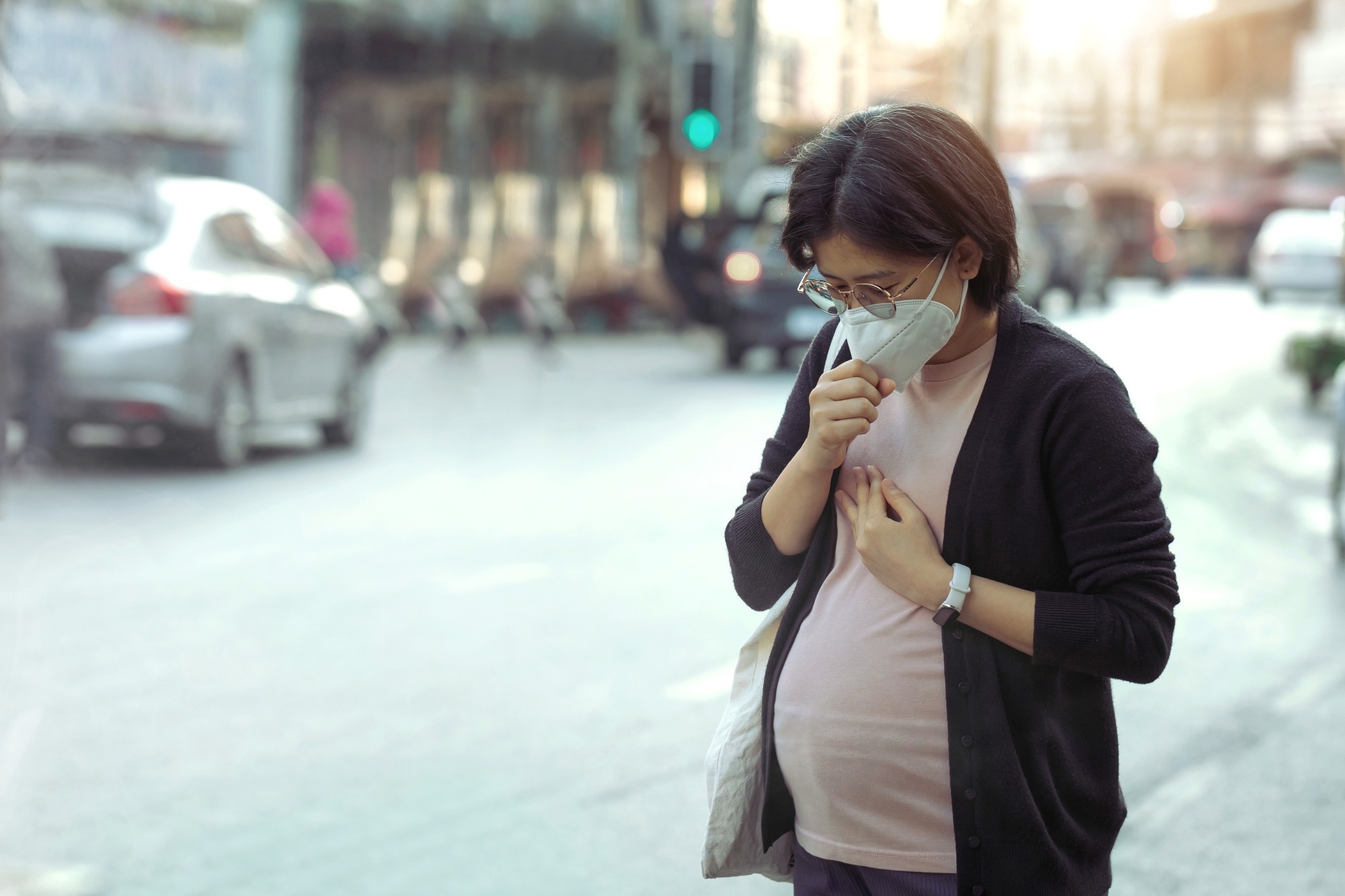Health
New Study Links Prenatal Air Pollution to Autism Risk

A recent study from Ontario, Canada, has revealed a concerning link between prenatal exposure to specific air pollutants and an increased risk of Autism Spectrum Disorder (ASD) in children. The research, published in JAMA Network Open, highlights the potential dangers posed by sulfate and ammonium components found in fine particulate matter (PM).
Fine particulate matter, or PM2.5, consists of microscopic particles measuring 2.5 micrometers or less. These pollutants primarily originate from sources such as power plants, vehicles, industrial emissions, and fuel combustion. Due to their small size, they can easily infiltrate the body through the lungs and bloodstream, leading to various health issues, including respiratory and cardiovascular diseases. Previous research has established a connection between prenatal or early-life exposure to fine PM and neurodevelopmental complications, including ASD.
Study Design and Findings
The study analyzed comprehensive health data covering approximately 98% of births in Ontario. A total of 2,183,324 births with gestational ages ranging from 36 to 42 weeks were included. Researchers estimated biweekly concentrations of fine PM components, such as black carbon, dust, ammonium, nitrate, organic matter, sulfate, and sea salt, along with other air pollutants like nitrogen dioxide (NO2) and ozone from conception to 36 weeks of age.
Statistical analyses were conducted to assess the impact of these pollutants on the risk of developing ASD by age five. The findings indicated that prenatal exposure to sulfate and ammonium significantly increased the likelihood of developing ASD, with risks rising by 15% and 12% per interquartile range increase, respectively. Notably, the overall PM2.5 mass did not show a significant association with ASD risk once sulfate and ammonium were taken into account.
The second and third trimesters of pregnancy were identified as particularly critical periods for exposure, with the highest risks occurring during these times. Interestingly, the associations were stronger in male infants, although sulfate exposure remained significant for females as well.
Implications and Societal Impact
The findings underscore the need for improved air quality in urban areas and disadvantaged communities where pollution levels are typically higher. The major pathways contributing to the observed associations are believed to include oxidative stress and neuroinflammation, which are known to affect neurological development.
Sulfate is primarily emitted from combustion sources using high-sulfur fuels, while ammonium typically arises from agricultural activities and vehicular emissions. Laboratory studies suggest that ammonium can disrupt neurodevelopment by affecting astrocytes and neurotransmission, which play critical roles in brain function.
Additionally, exposure to ozone during the first year of life was associated with a 9% increased risk of ASD, although this association diminished when adjusted for prenatal ozone exposure. The study revealed that urban populations, particularly those in low-income neighborhoods, face a disproportionately higher risk due to their proximity to high-emission facilities and major highways.
The authors acknowledge limitations in the study, including the estimation of exposure at the neighborhood level rather than through personal monitoring. They also noted that autism diagnosis methods used may have led to missed cases.
Overall, this research highlights the urgent need for public health strategies aimed at reducing air pollution, particularly in urban and socioeconomically disadvantaged areas. As the study’s lead author, Cloutier M., points out, protecting vulnerable populations from air pollution is essential for safeguarding the health and development of future generations.
-

 Health2 months ago
Health2 months agoNeurologist Warns Excessive Use of Supplements Can Harm Brain
-

 Health2 months ago
Health2 months agoFiona Phillips’ Husband Shares Heartfelt Update on Her Alzheimer’s Journey
-

 Science1 week ago
Science1 week agoBrian Cox Addresses Claims of Alien Probe in 3I/ATLAS Discovery
-

 Science5 days ago
Science5 days agoNASA Investigates Unusual Comet 3I/ATLAS; New Findings Emerge
-

 Science3 days ago
Science3 days agoScientists Examine 3I/ATLAS: Alien Artifact or Cosmic Oddity?
-

 Entertainment3 months ago
Entertainment3 months agoKerry Katona Discusses Future Baby Plans and Brian McFadden’s Wedding
-

 World2 months ago
World2 months agoCole Palmer’s Cryptic Message to Kobbie Mainoo Following Loan Talks
-

 Entertainment3 months ago
Entertainment3 months agoEmmerdale Faces Tension as Dylan and April’s Lives Hang in the Balance
-

 Entertainment3 months ago
Entertainment3 months agoLove Island Star Toni Laite’s Mother Expresses Disappointment Over Coupling Decision
-

 Entertainment2 months ago
Entertainment2 months agoMajor Cast Changes at Coronation Street: Exits and Returns in 2025
-

 World2 months ago
World2 months agoCoronation Street’s Asha Alahan Faces Heartbreaking Assault
-

 Entertainment2 weeks ago
Entertainment2 weeks agoStefan Dennis and Dianne Buswell Share Health Update on Strictly Come Dancing









